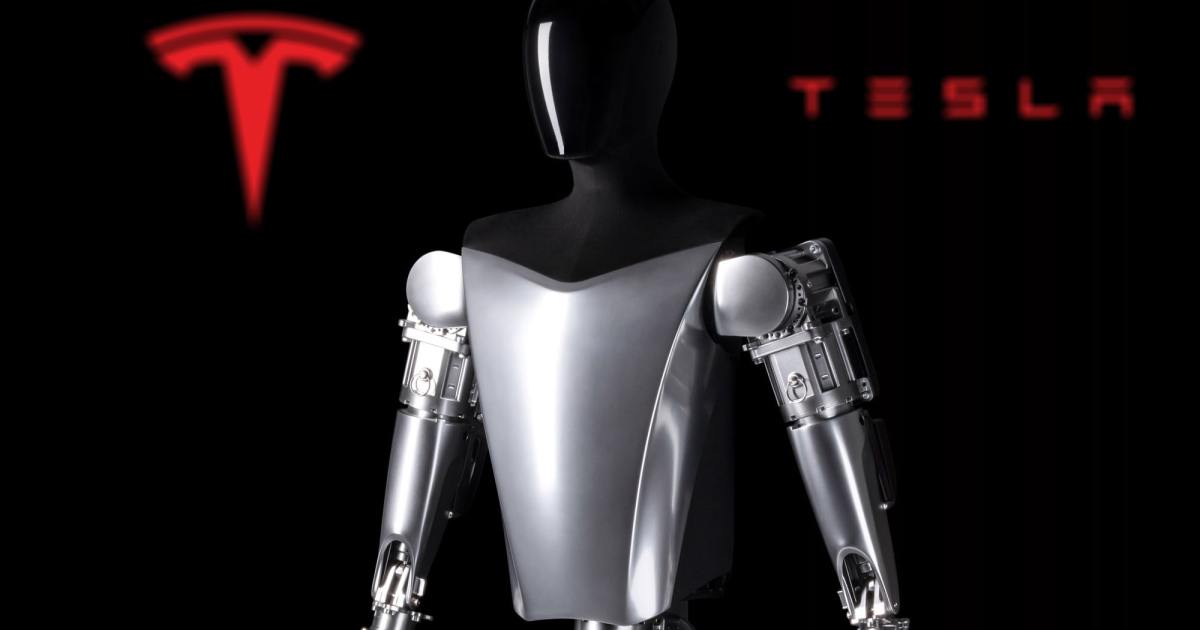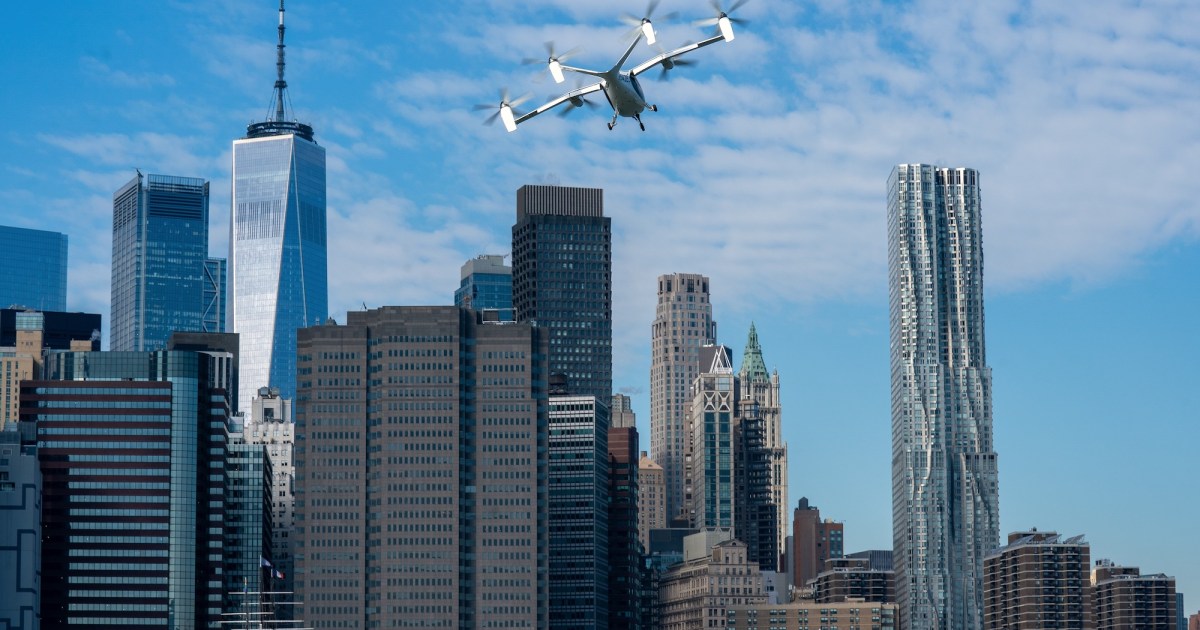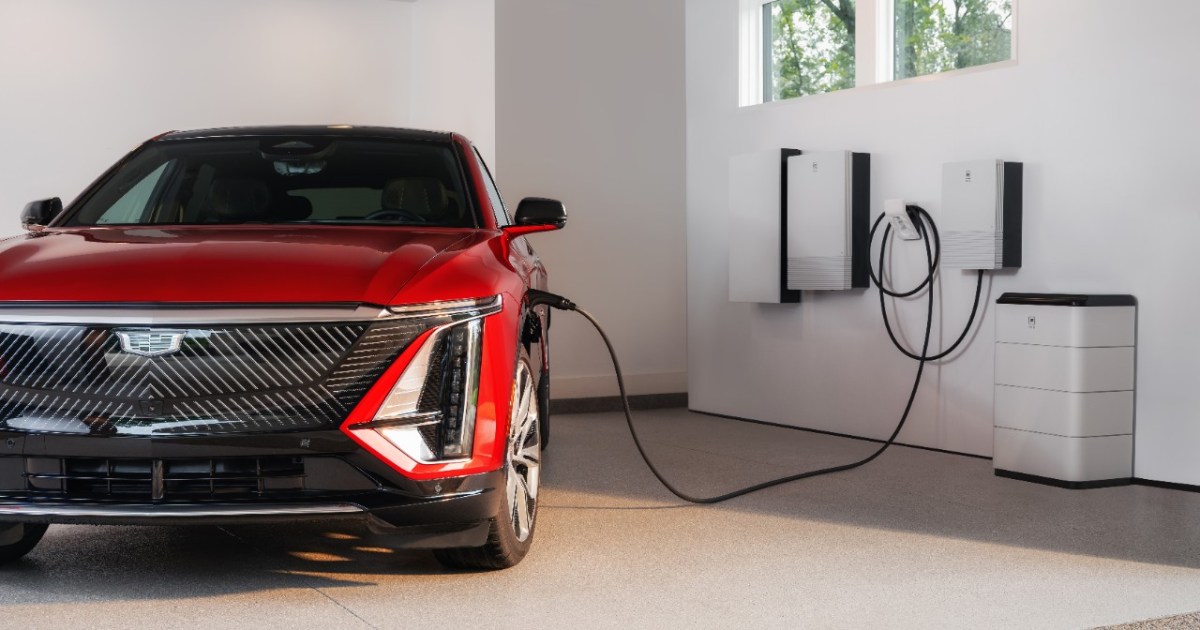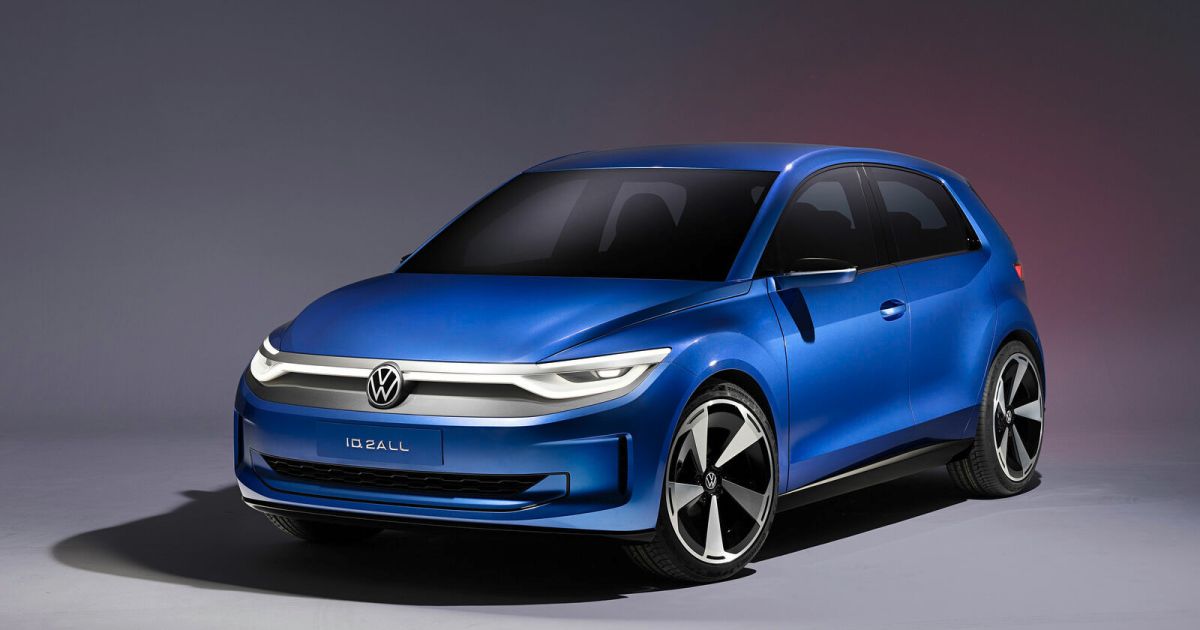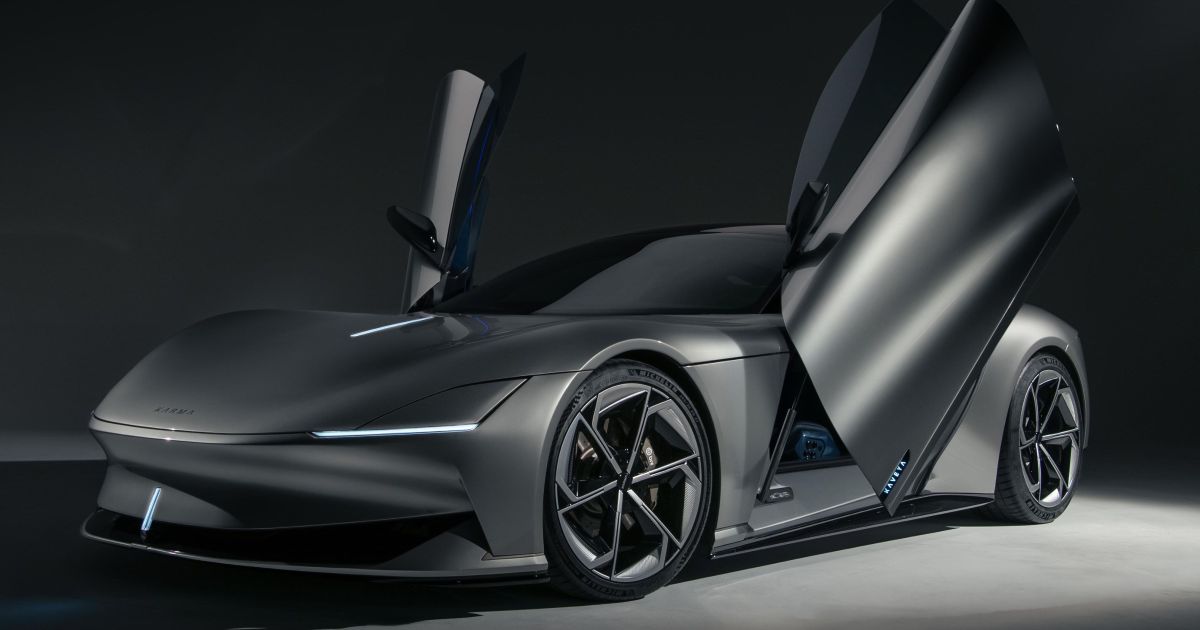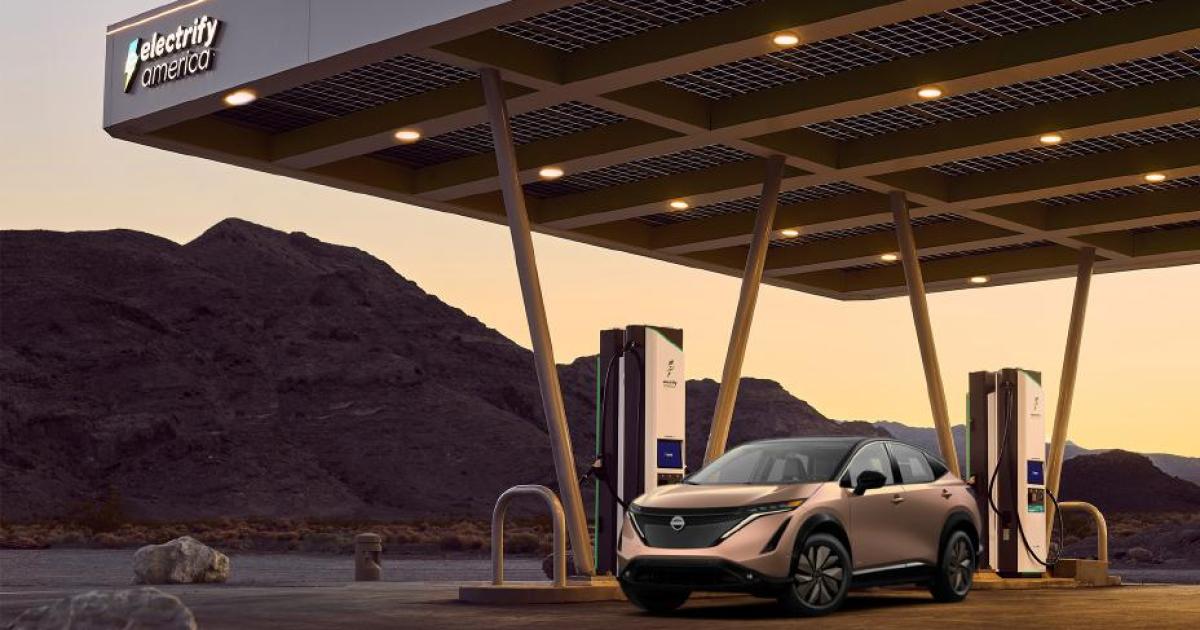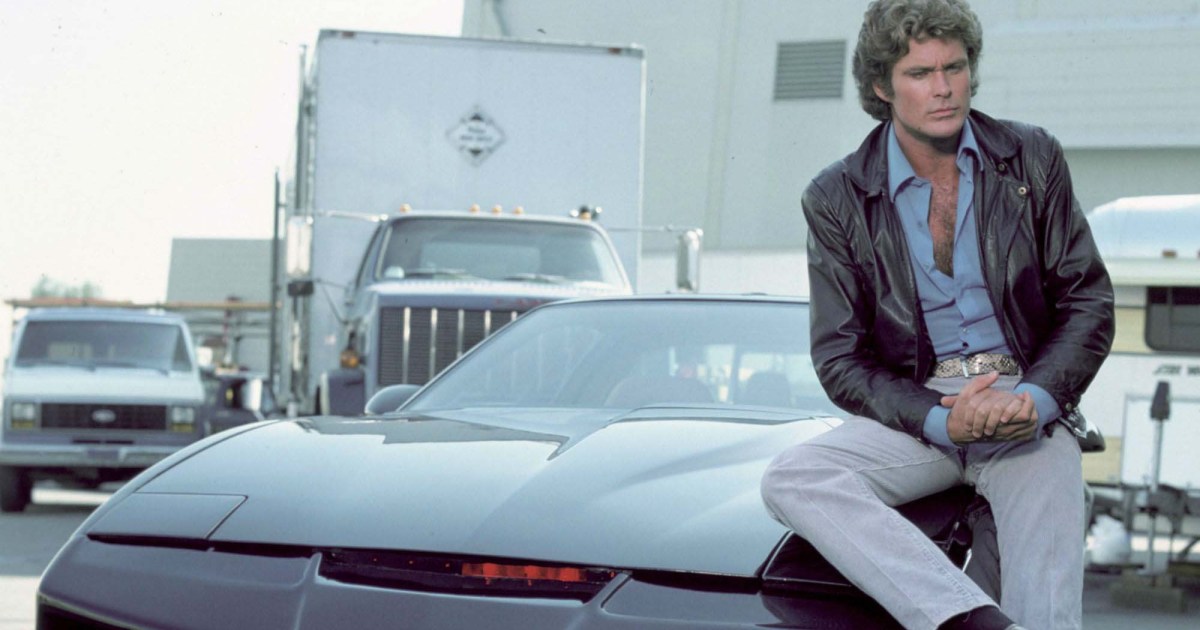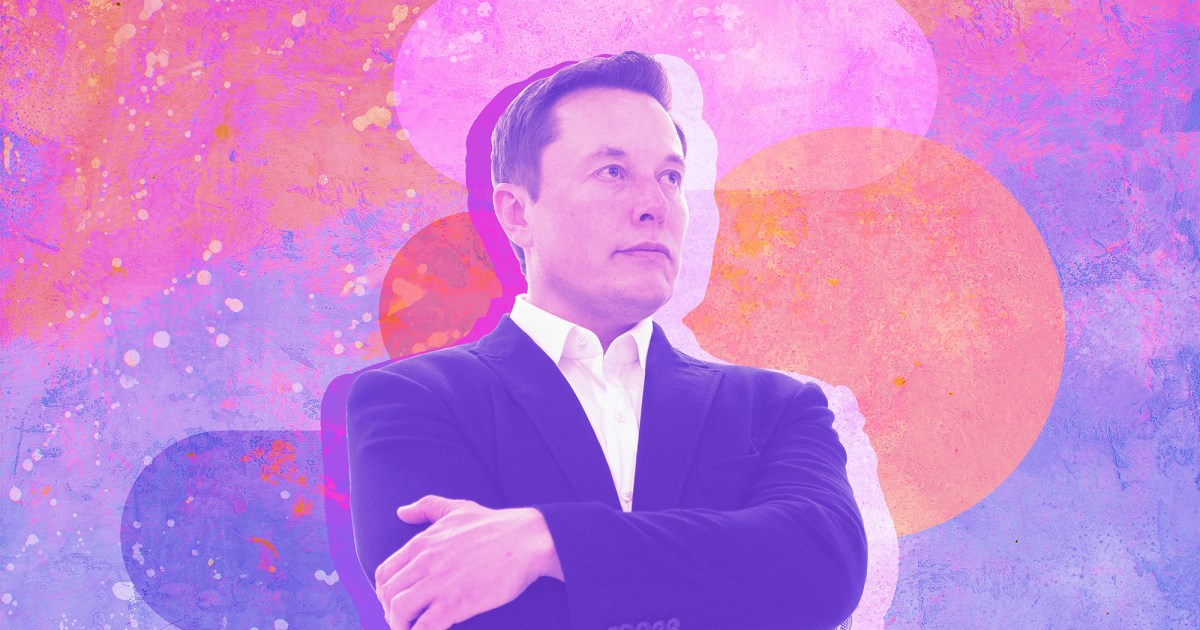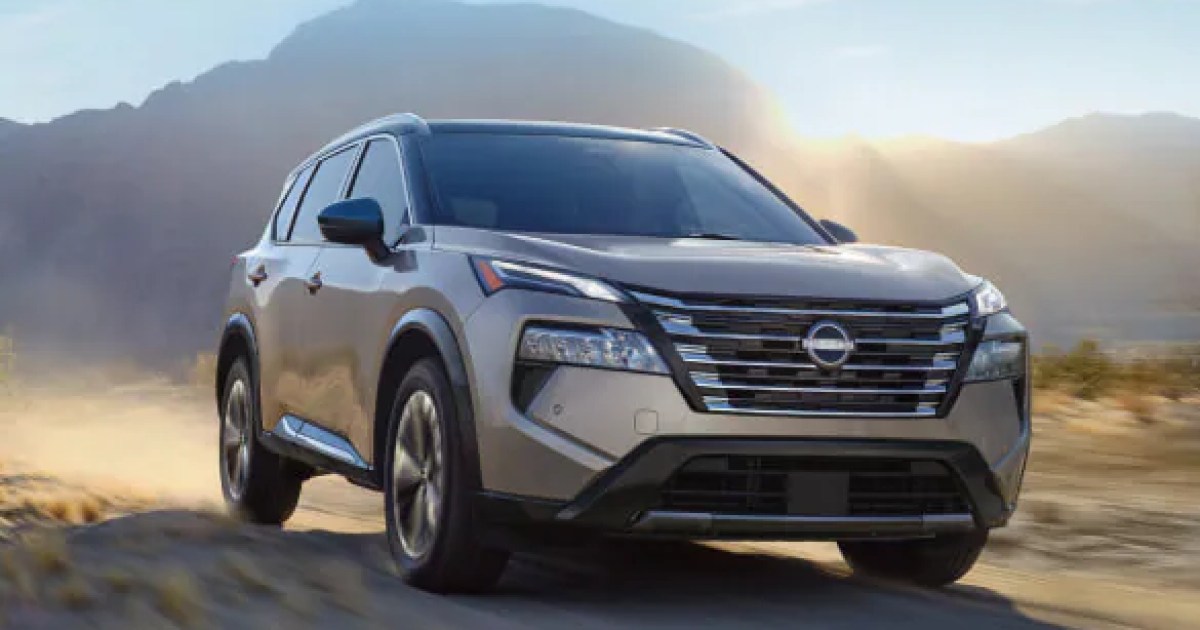Tesla CEO Elon Musk recently unveiled the Optimus Gen 2, the latest iteration of Tesla’s humanoid robot, at the “We Robot” event in Burbank, California. This advanced robot showcases Tesla’s vision for a future where robots integrate seamlessly into our daily lives, both at home and in the workplace.
Optimus Gen 2 demonstrated impressive capabilities, serving drinks, engaging in conversations, and even dancing. Musk envisions Optimus as a versatile household helper, capable of performing a wide range of tasks, from babysitting and dog-walking to mowing the lawn and grocery shopping. He even suggests the robot could act as a companion.
The projected price for Optimus, once mass-produced, is estimated to be between $20,000 and $30,000, significantly less than the initial projections, and roughly half the cost of a car, as Musk previously stated. He playfully compared Optimus to a blend of R2D2 and C-3PO, the iconic droids from Star Wars.
Tesla emphasizes the synergy between its automotive technology and the development of Optimus. The robot leverages existing Tesla advancements in battery power, electronics, motors, gearboxes, software, and AI. This approach streamlines development and allows for rapid progress in humanoid robotics.
Tesla is not alone in the pursuit of commercializing humanoid robots. Boston Dynamics, owned by Hyundai, already offers Spot, a home service robot priced at $74,500. Figure, backed by BMW and Open AI, and Nvidia, with its Project GR00T, are also developing humanoid robots.
Goldman Sachs predicts the global market for humanoid robots could reach $38 billion annually by 2035, with 1.4 million units shipped for industrial and consumer use. Declining manufacturing costs are expected to drive faster commercialization and increased affordability, making robots like Optimus a more accessible reality.
Tesla’s Optimus Gen 2 signifies a significant step towards a future where humanoid robots play a vital role in our lives. Its projected affordability and diverse functionalities position it as a potential game-changer in the robotics industry. The convergence of Tesla’s automotive expertise and robotic innovation promises an exciting future for humanoid robots.



